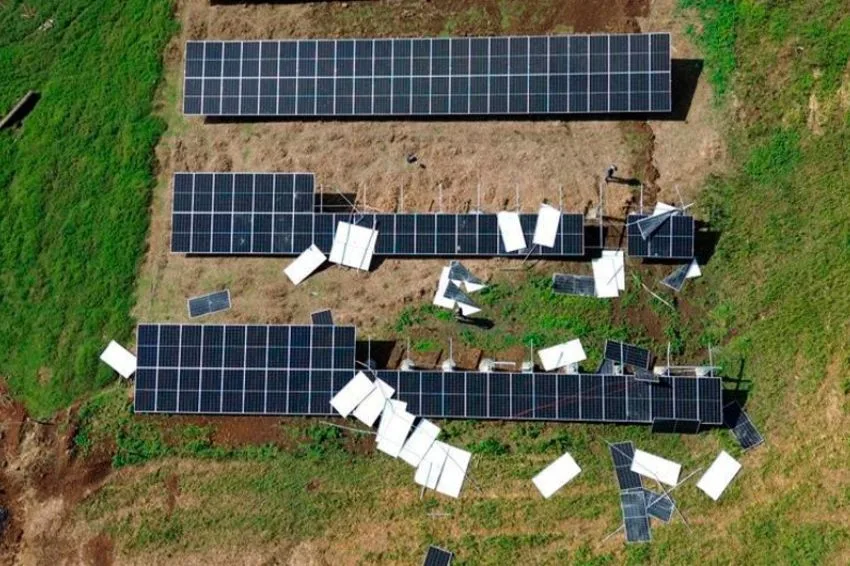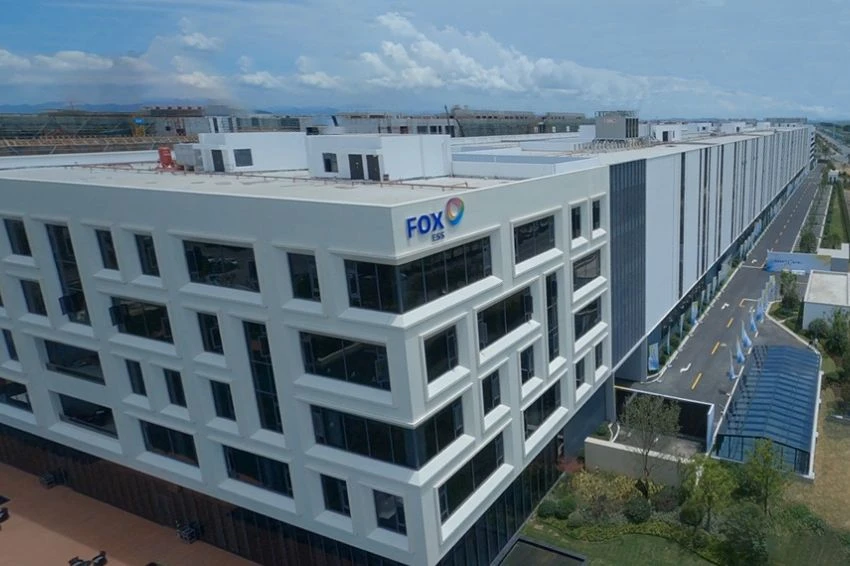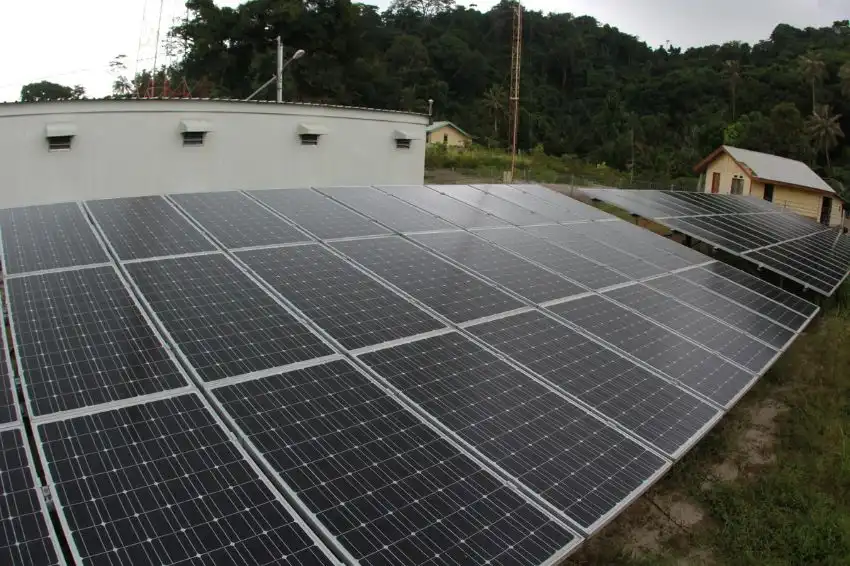The relationship between meteorology It is photovoltaic generation it is a complex dance between the elements of nature.
As the solar energy industry seeks optimize production in different climatic contexts, there is a need to understand how climate variations impact the efficiency of the photovoltaic systems.
What role do the seasons play?
The seasons are not just markers on the calendar, but crucial elements for photovoltaic generation. The transition between spring, summer, autumn and winter present unique challenges and opportunities, directly influencing the amount of solar radiation available.
Although summer is associated with high temperatures and longer days, you can present challenges for photovoltaic generation. Increased cloudiness and rain in some regions can reduce direct solar radiation, impacting the efficiency of the panels.
https://canalsolar.com.br/verao-e-a-melhor-estacao-do-ano-para-energia-solar/
However, long hours of sunlight still contribute to a considerable energy production. During the spring, photovoltaic generation generally experiences a gradual increase in energy production. The days become longer, providing an increase in sun exposure.
Moderate temperatures also contribute to efficiency of solar panels, as extremely high temperatures can reduce operational efficiency.
O fall marks a gradual transition to cooler conditions, and the decrease in daily sunlight hours begins to affect photovoltaic production. Despite this, in some regions, climate stability may favor generation, as there are fewer extreme climate fluctuations.
Finally, the winter generally represents a biggest challenge for photovoltaic generation. The days are shorter, the sun's tilt is lower, and adverse weather conditions such as snow and frost can significantly reduce solar energy production.
It is important to highlight that variations in the influence of seasons on photovoltaic generation depend on geographic location.
Regions closer to the equator may experience less seasonal variation and more hours of sunlight throughout the year, while areas further from the equator experience more pronounced variations in weather and light conditions.
Understanding the impact of seasons on photovoltaic generation is crucial for planning and optimizing solar systems.
Adaptive strategies, such as seasonal adjustment of solar panel angles and the use of energy storage technologies, are essential to maximizing efficiency throughout the year and ensuring constant and reliable solar energy production.
What is the impact of clouds and rain?
The presence of clouds, often dense, and the increase in precipitation are factors that spark discussions about the direct impact on the efficiency of solar systems.
While cloudiness interacts with radiation and can attenuate it and negatively influence generation, precipitation can help clean the panels.
Extreme temperatures and operational efficiency
Extreme temperatures have a significant impact on the operational efficiency of photovoltaic systems, being a crucial factor to be considered in the design, monitoring and maintenance of these systems.
In this case, the increase in ambient temperatures during the summer can lead to a reduction in the efficiency of solar cells. This is because excessive heat can increase electrical resistance in panel components, decreasing the ability to convert sunlight into electricity.
Additionally, elevated temperatures over time can cause premature wear on solar panel materials, reducing their long-term lifespan and efficiency.
Thermal degradation is a challenge that manufacturers seek to address through stronger materials and cooling techniques. Interestingly, in lower temperature conditions, the efficiency of solar cells can increase.
Photovoltaic panels generally operate more efficiently in cold climates, as lower temperatures help reduce the system's internal resistance, improving electricity production.
Adaptive strategies for meteorological challenges
The impact of extreme temperatures, clouds and rainfall on the operational efficiency of photovoltaic systems highlights the importance of considering the local climate when implementing and maintaining these systems.
Adaptive strategies and innovative technologies are constantly developing to address these challenges, ensuring sustainable and efficient production of solar energy in diverse climatic conditions. These are factors considered from the design phase to the operation and maintenance of the plant.
















